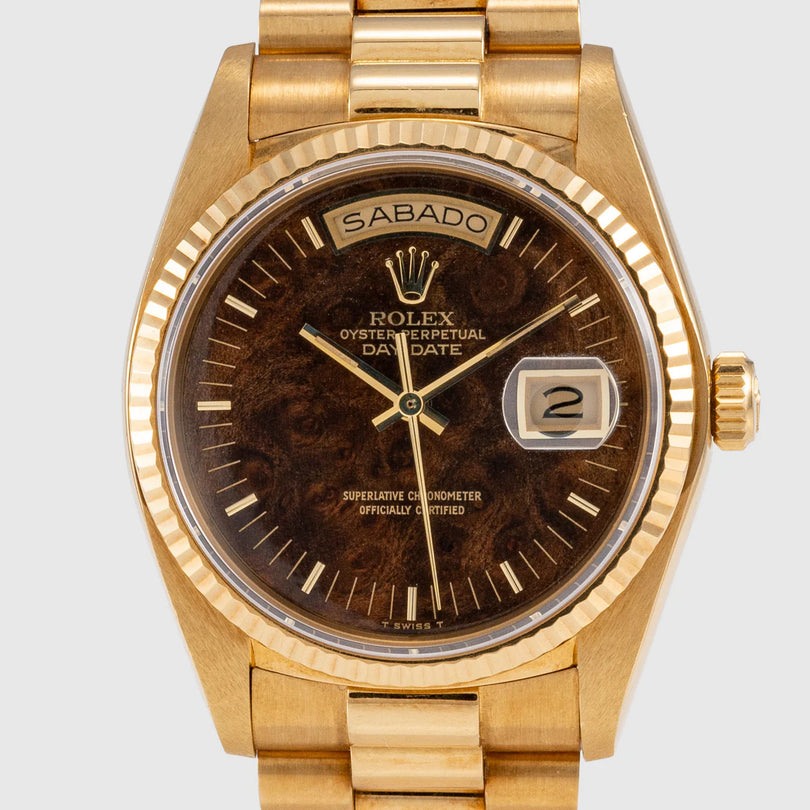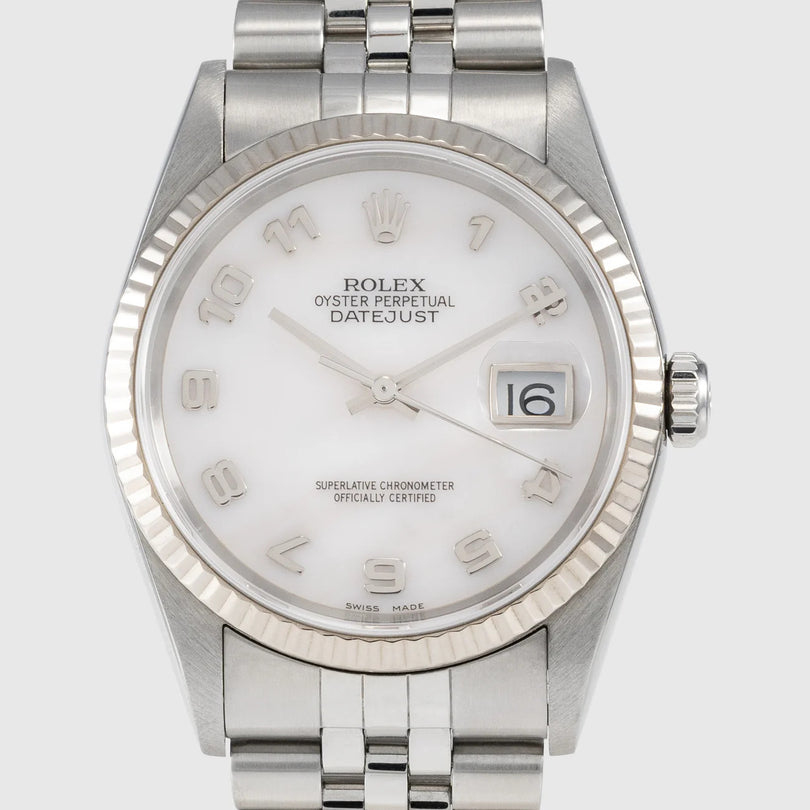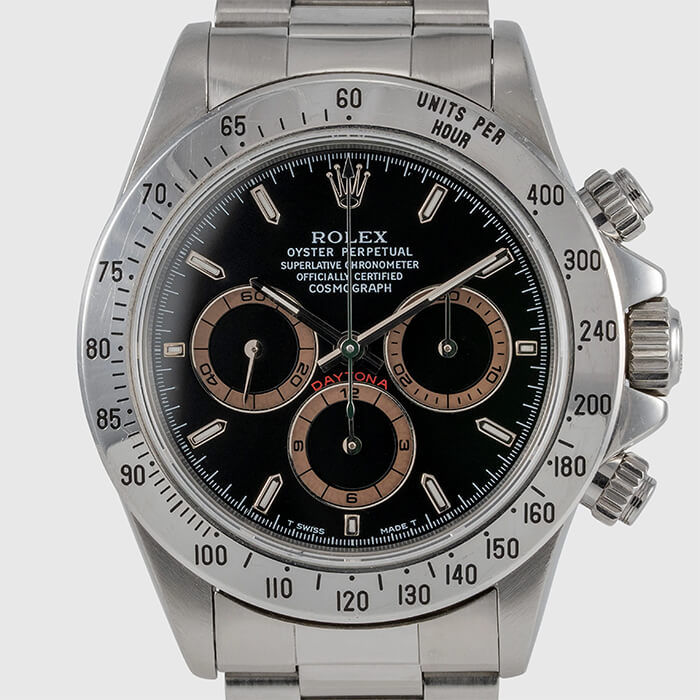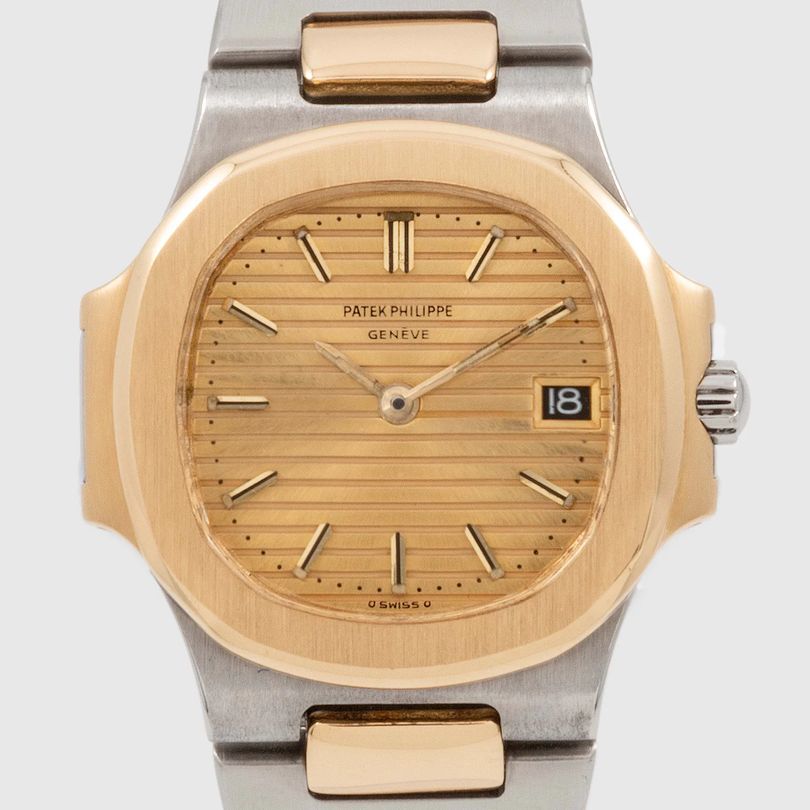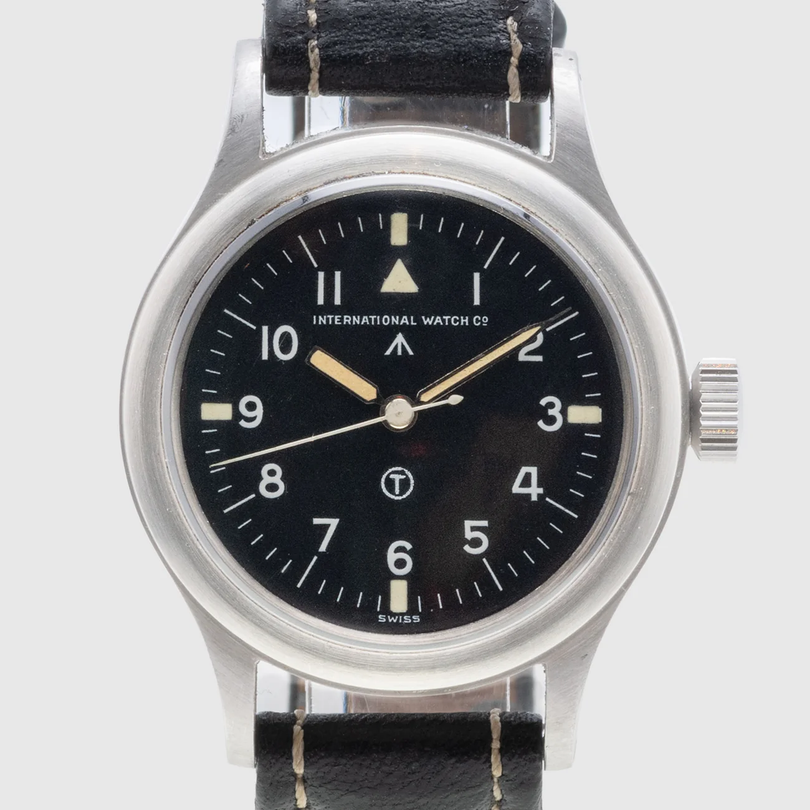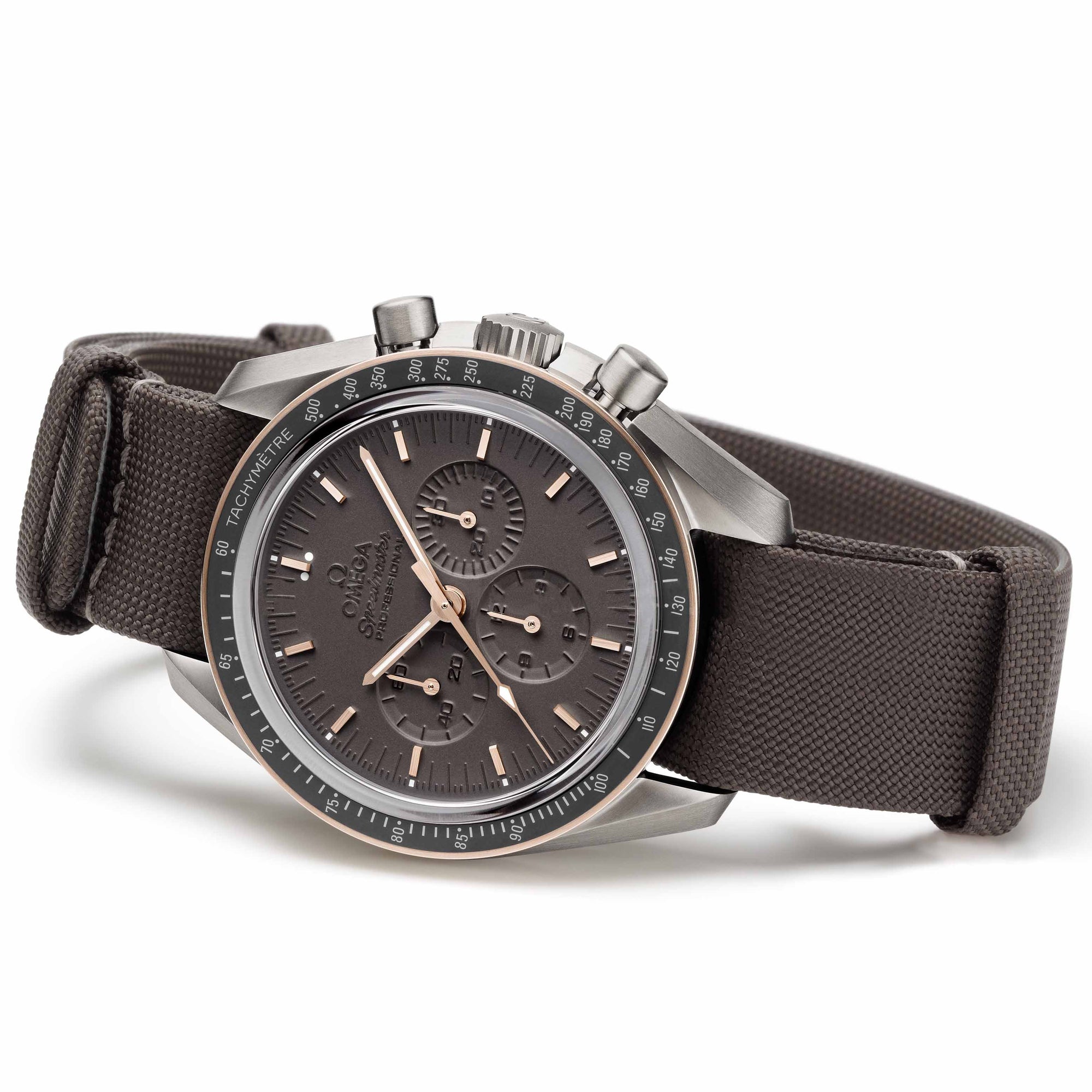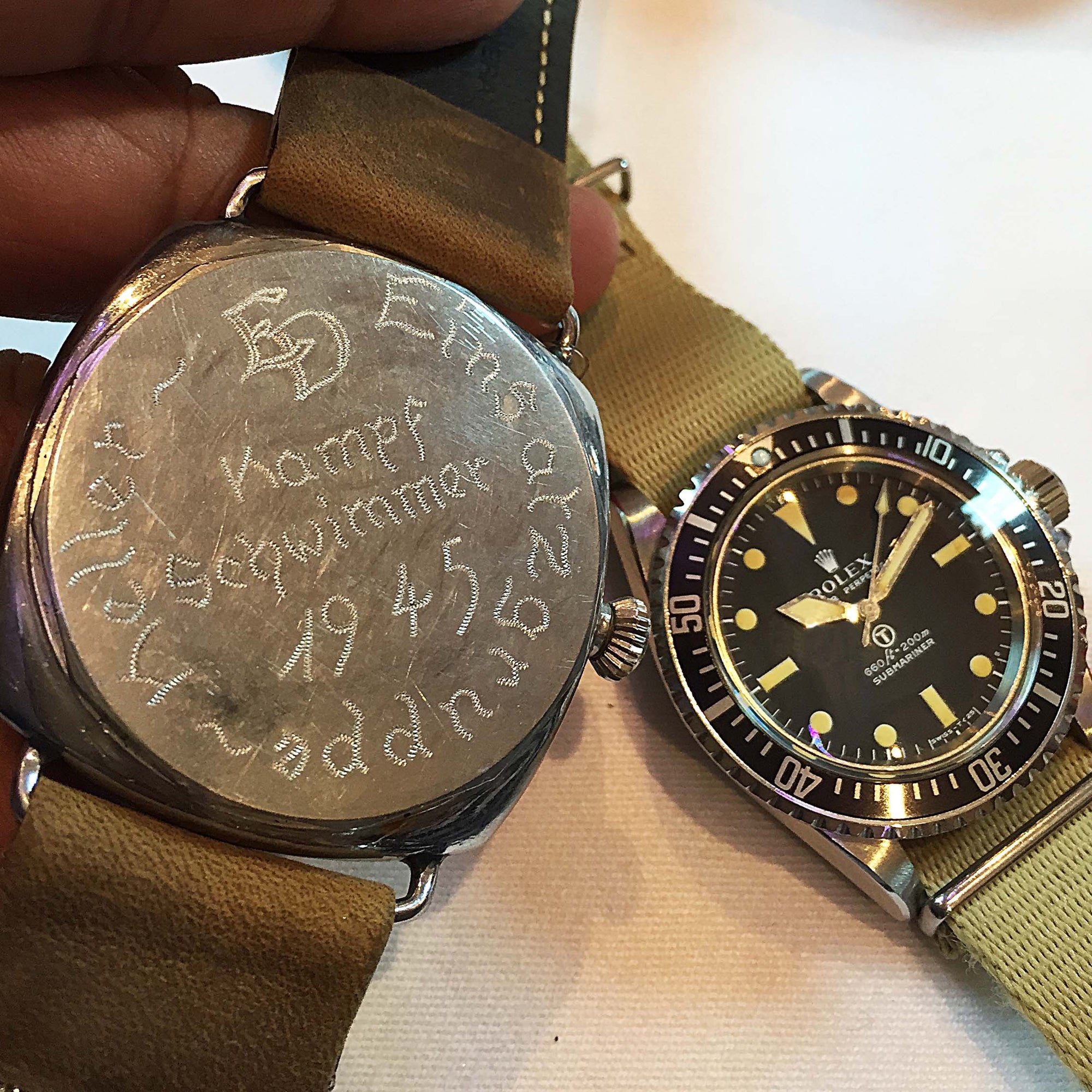There are a limited number of truly remarkable vintage collector’s watches available today that stand out above the rest – in my opinion – and without a doubt, the Omega Speedmaster is on my short list.

What makes the Speedmaster so unique are its charismatic lines, exceptional good looks, and its memorable involvement in one of the biggest stories in history. It has been called the ‘Moonwatch’, but, just before I get into that interesting story – let’s have a look at some of the outstanding characteristics of this remarkable timepiece.
The Speedmaster CK2915 was launched in 1957 as part of the Omega trio including the Seamaster and Railmaster. It was designed by the Swiss Claude Baillod, together with Pierre Moinat, and characterized by a superbly balanced dial design, as well as the domed Plexiglas crystal. Its accuracy and readability were without match, and it was actually used at the Olympic games as an official timekeeping instrument.
For me, one of the things that stand out about this design is the interesting tachymeter scale bezel. This was definitely a watch for “men who reckon time in seconds”. The engraved steel bezel on the CK2915 was originally graded to 300km per hour, whereas in 1959 a model came out graded up to 500km/h.
The original Speedmaster also earned the name “Broad Arrow” because of the distinctive arrow hands. The highly defined black dials sometimes show discoloration over time, turning dark or light brown, and called “tropical” or “chocolate” – making them even rarer and more desirable to the collector. Personally, it is always a joy to find one of these rare pieces.


The original movement, I would say, the legendary movement, was the calibre 321, with an unmistakable lateral clutch, column-wheel based design. This manually wound design would prove very useful in the long run. All of these characteristics were recognized and valued by other watchmakers leading to its use as a base movement by Breguet, Patek Philippe and Vacheron Constantin.
Over the years some of the design features were further refined and the pieces I have come across are all different, the dial size changed a little, and eventually the movement was replaced with the caliber 861- so-called ‘post moon,’ and quite importantly, the watch was further protected against mechanical shocks and magnetic interference – something that would help make it one of the most historically important watches ever to be made. The current Speedmaster Professional heart is based on the 861.

This year Omega launched the Speedmaster 57, and included a couple of design nods to the original from 1957, such as the straight lugs extending from the case. In this year’s version there are only two sub-dials on the main dial, instead of the usual three. The minute and hour indications are combined at the 3-o’-clock position. The impressive new Caliber 9300 offers 60 hours of power, and contains a silicon balance spring. It is also a little bigger than the original, measuring in at 41.5mm wide. I am very excited to see how this one will perform, and doubtless it will go on to become a classic in its own right.
The early 1960’s opened a unique window of opportunity for watchmakers, though Omega only found out about it afterwards.
It started when America announced its plans to send a man to the moon. President John F. Kennedy was heard by millions making this announcement – and there was a lot to do! The world’s best minds were hard at work designing everything needed for the mission. The rocket scientists from NASA decided that they needed a very special wristwatch – one that could withstand the unique pressures of space flight.
A number of the world’s finest wristwatches were selected and subjected to some pre-testing. The choices were narrowed down, and a few of the best went on to undergo the most intensive testing ever carried out on a timepiece.
Without the earth’s atmosphere to stabilize temperature, pressure and moisture, mechanical watches would have to operate in the most severe of conditions. Something truly special was needed. The simple but effective engineering on the Speedmaster proved that lack of gravity, extreme temperatures and pressure were no problem at all.
Of all the watches tested, only one made it through every stage of scrutiny – the Omega Speedmaster. The official 1965 test results stated: "Operational and environmental tests of the three selected chronographs have been completed; and, as a result of the test, Omega chronographs have been calibrated and issued to three members of the Gemini Titan III crews."
At the time Omega was not even aware of the testing, and only found out that their incredible watches had been selected when pictures of astronauts on the successful space missions appeared, showing the equipment they were wearing. Ed white was shown space-walking as part of the Gemini 4 mission, with the Omega attached to his arm using a nylon strap. Of course, Omega lost no time in capitalizing on the opportunity.
Omega continues to be involved in creating exceptional timepieces meant for space flight. Between 1993 and 1994 the watch was again subjected to grueling tests aboard the MIR station by Russian astronauts. As usual, the watch passed with flying colors. They are currently working on a model that will accompany the first manned mission to Mars. This is truly the timepiece of choice if you’re planning on leaving the planet. I know I will be wearing mine should I ever get the chance to take the trip!
Over the years this fine example of stylish and mechanically sound engineering has stood the test of time, withstood the pressure, and performed under incredibly tough conditions. This fact makes it one of the most desired watches that can be found – especially the models dating back to the early days of space exploration.
There are only a handful of watches that can truly be considered iconic. The Rolex Submariner, the Jaeger Le-Coultre Reverso, the Audemars Piguet Royal Oak are examples of this elite group of watches. Each has its own merits, and its own interesting story. The Omega Speedmaster, though, will remain unique amongst them as the only watch that ever made it to the moon and back.

